I have been looking for an answer on the net about this question but not found it fully answered. The topic has been up here a few times (see links below) as well but I find the answers lacking.
My application is a vintage amplifier (Tandberg TR-1040), where the 30V AC supply cable pair run over the amplifier circuit on it's way to the rectifier and large caps and cause a weak hum. My idea is to improve it's performance thru shielding these AC cables somehow. The machine is not grounded to earth, neither is the chassis. So what would one do? To leave the shielded cable with the shield not connected to anything? Or using unshielded but twisted cables that I route somewhere else inside maybe. But my question is mainly - what happens if you have a shielded cable here but the shield is not connected to ground?
I want to avoid the AC supply to 'leak out' to the sensitive signal circuitry. That is all.
The question was put forth by Jensen68 but unsatisfactorily answered here: Cable type and decreasing EMI/RFI It was also asked briefly here: ungrounded chassis shielding And here: Does an ungrounded shielded cable shield at all?
Help to explain this will be much appreciated!
Unconnected shielded cables seem to be unorthodox or inefficient, nowhere have I found that using them in this way is mentioned.
I am also unsure of if twisted cables not only decreases absorbed interference but also decreases interference 'radiated out' from the twisted pair. In a case like this it is a vital point.
Photo of the inside of my Tandberg TR-1040 with problematic cables marked
![1]](../../images/3869576413.webp)
Here is a video on youtube that measures radiation from an AC power cable and what happens when it is shielded by a metal sheet and the shield is 'floating' (measures at about 5:00 into the video). Not sure if it is reliable or applicable here. https://www.youtube.com/watch?v=EeAcGell_cg

